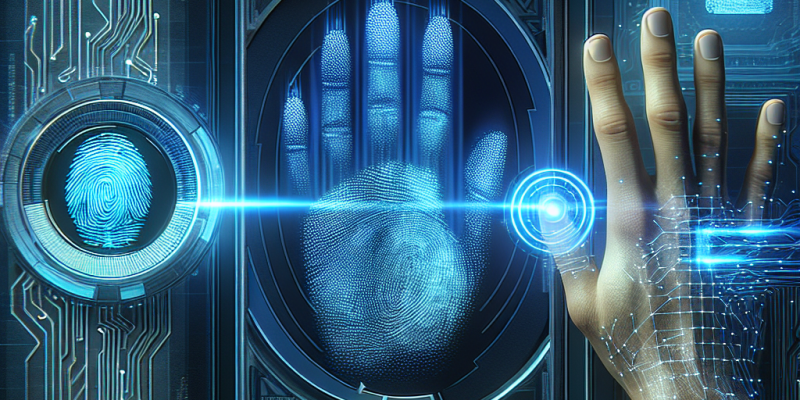The Rise of Biometric Security: Protecting Data in 2024 and Beyond

The Rise of Biometric Security: Protecting Data in 2024 and Beyond
As we delve deeper into the digital age, the importance of data security has surged to the forefront of global concerns. Traditional passwords and PINs are increasingly viewed as inadequate safeguards against cyber threats. In 2024, biometric security has emerged as a frontrunner in the quest for robust authentication methods, leveraging the unique physical and behavioral characteristics of individuals to secure data.
Understanding Biometrics
Biometric security refers to identifying individuals based on inherent traits such as fingerprints, facial recognition, iris patterns, voice, and even behavioral patterns like typing speed. The technology relies on sophisticated algorithms and machine learning to analyze and verify these biometrics, making it exceedingly difficult for unauthorized users to gain access.
The Current Landscape
In 2024, biometric security technology has grown significantly more sophisticated and accessible. Devices equipped with biometric capabilities, ranging from smartphones to laptops and even smart home devices, have become commonplace. Organizations across various sectors, including finance, healthcare, and government services, have integrated biometric systems to enhance data protection. With the rise in remote work, the demand for secure access methods has propelled biometrics into the spotlight.
Advantages of Biometric Security
-
Enhanced Security: Biometric data is unique to individuals, making it far less susceptible to breaches compared to traditional passwords. Unlike passwords, which can be forgotten or stolen, biometrics cannot be easily replicated or shared, significantly reducing the risk of unauthorized access.
-
Convenience: Users no longer need to remember complex passwords or go through multiple security checks. A simple fingerprint scan or facial recognition offers quick and frictionless access to devices and data, improving the overall user experience.
-
Real-Time Authentication: Biometric systems can often authenticate users in real time, significantly speeding up verification processes. This is particularly beneficial in scenarios requiring quick access, such as mobile payments and secure transactions.
- Reduction of Identity Theft: As biometric data is inherently tied to the individual, it offers an extra layer of protection against identity theft fraud. This is particularly vital as cybercriminals continue to evolve their techniques to exploit traditional security measures.
Challenges Ahead
While the rise of biometric security presents numerous advantages, it is not without challenges. Privacy concerns loom large, as individuals may be hesitant to share their biometric data, fearing potential misuse or unauthorized access. Moreover, the storage of biometric information raises questions about data protection laws and potential abuse by corporations or governments.
Additionally, there are technological limitations. Factors such as environmental conditions or physical changes (injuries, aging) can affect the accuracy of biometric systems. False positives or negatives can occur, leading to potential frustration or denied access for legitimate users.
The Future of Biometric Security
Looking forward, the landscape of biometric security is likely to evolve further. Innovations in artificial intelligence (AI) and machine learning will enhance biometric systems, making them more reliable and secure. Multi-factor biometric authentication—combining various biometric identifiers—could become the norm, adding another layer of security.
Cloud-based biometric solutions may also gain traction, allowing organizations to store and process biometric data securely while reducing the risks associated with local storage. Moreover, legislative frameworks around biometric data protection are expected to tighten, ensuring that the sharing and storage of biometric inferences uphold individual privacy rights.
Conclusion
As we navigate the complexities of a digital world in 2024 and beyond, biometric security is poised to play a vital role in protecting sensitive data. The evolution of technology, coupled with an increased emphasis on data privacy and security, will likely drive the widespread adoption of biometric systems. As businesses and individuals seek more secure, efficient ways to protect their information, the rise of biometric security is not just a trend but a fundamental shift in our approach to data protection.














